Have you ever spent time behind the camera working on that image you’ve got in your mind only to think (or mutter) to yourself some version of “this just isn’t working”? Have you ever been in front of one of those scenes or subjects about which someone has said, “You just can’t make a bad picture of this” only to look at the pictures you’ve just made and thought, “Want to bet?”
Yeah. Me too.
Ansel Adams made much of the idea of pre-visualization and we all work differently, so I imagine it was important to him, especially working with larger format film the way he did. But for many—perhaps even most—of us, we work with a different medium, and for those of us using digital cameras, our creative process has a little more direct feedback built into it now. Unlike the venerable Saint Ansel (who likely took hours or days before he saw what he was making), for us, the time between pressing the shutter and recognizing that our approach isn’t working has been mercifully reduced to seconds.
That means we can do something about it. We can pivot. Adjust. And tweak.
I like the idea of pre-visualizing, though I prefer to back up a step and ask myself not what it looks like, but what I want the photograph to feel like. What I want it to be about, and how I can give the subject its best expression. My concern with pre-visualization (the way I understand it) is that once we get an idea in our heads, it’s especially difficult to get past it and see things differently. We get blinded by expectations, by images we’ve seen from others, and by images we’ve made in the past. Or blinded by the picture in our mind that might bear little resemblance to what’s actually possible here and now.
I wonder how often do we try something and get stuck because of our first pre-visualization just isn’t working? How often does that mental picture lead us to an approach—composition, choice of focal length, choice of settings, even the way we deal with an image in development—that gets us stuck and unwilling to try new approaches or re-imagine that first idea?
The key to becoming a confident and creative photographer is in how we think. If we believe this one image is going to look a certain way—perhaps tack sharp and very literal—will we even consider the possibility that this particular scene or subject might be better expressed as an abstract?
How Can I Work This?
“This just isn’t working” is only as frustrating as the gap between reality and your expectations—and your willingness to turn it from a gripe into a question: how can I work this?
Maybe your favourite point of view (POV) is ultra-low using wide-angle lenses, so that’s your first instinct. It is for me. But it’s not always going to work, and “how can I work this?” is much more helpful if it leads to trying a different focal length, different POV, or both.
Maybe the scene just isn’t working in colour. I’m currently in Kenya, and two weeks ago, I was photographing lions in Nairobi National Park. The scene in front of me was great, but it “just wasn’t working.” Why? Well, it wasn’t the scene. The lions were amazing. They couldn’t have performed better if the whole thing had been scripted. But I was thinking in colour, and it wasn’t working in colour. “How can I work this?” or perhaps “What are the other possibilities?” led me to realize that what I was looking at was a wonderful monochrome image. In colour, the lions were on a mound of red soil (dirt and rocks that were very unappealing to me) under a blue sky (relentlessly cheerful—gross). It just “wasn’t working.” Not for me. But I started thinking in monochrome, focusing on the shapes, and the composition, and the image below is what came out of it. From “this isn’t working” to one of my favourite photographs from the trip.
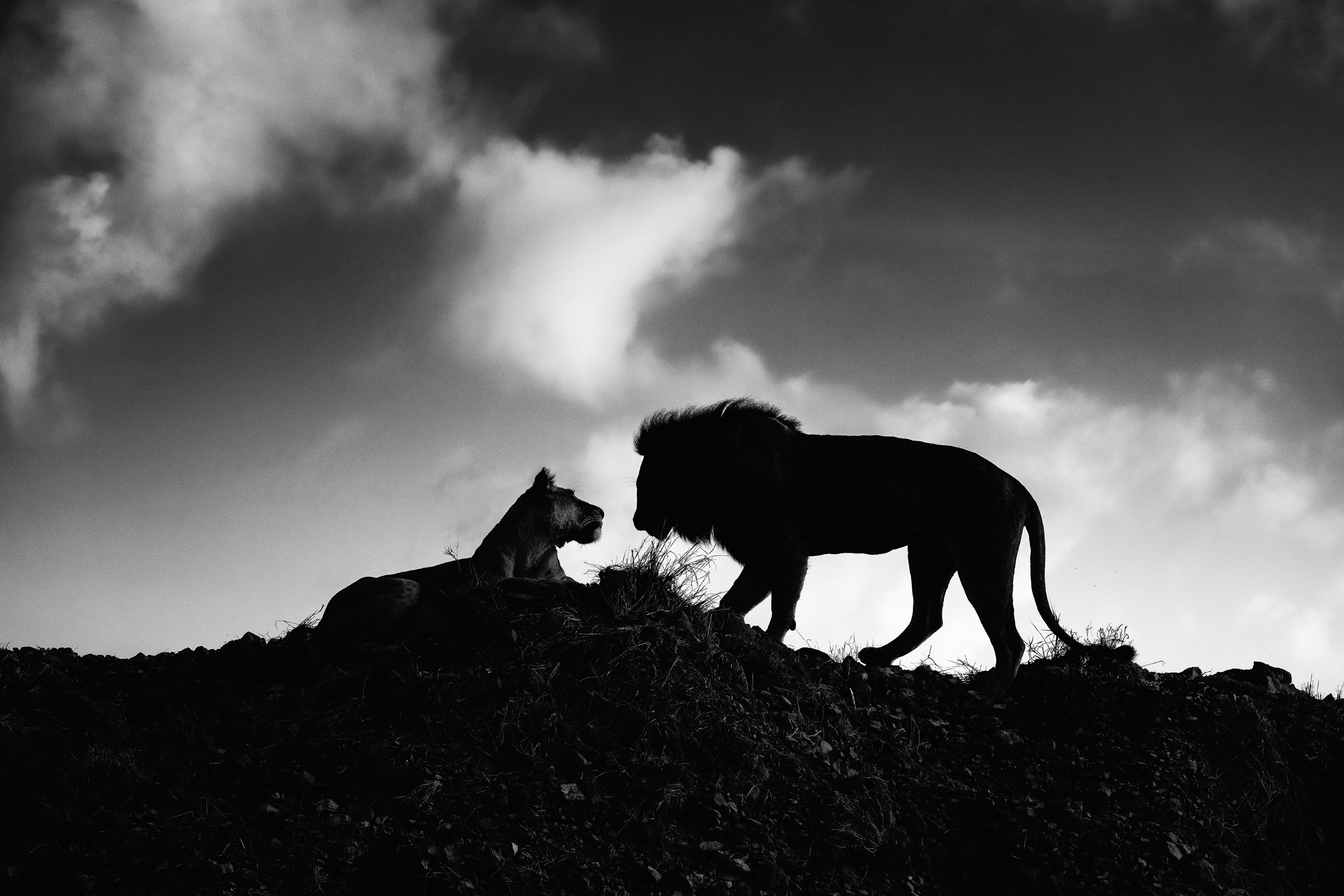
Photographers spend a lot of energy thinking about technique. We sometimes (not you, of course, but others—you know the ones) get stuck on favourites. Favourite POVs. Favourite lenses. Favourite light. Favourite shutter speeds, apertures, and post-production techniques. None of them work for everything. What might help is thinking, instead, about finding the best expression of our chosen subject. Thinking about possibilities. And perhaps getting less hung up on the frustration of “this isn’t working” and more proactive about finding creative answers to “how can I work this?” It works for me, though it seems to be a question I re-learn almost every time I get behind the camera.
Postcards from the Maasai Mara
As this lands in your inbox, I’m three weeks into my month in Kenya. It’s my happiest place, and I’d like to share it with you. I’d normally send you a PDF monograph (and I will), but bandwidth here makes that difficult. So for now, I’ve posted a dozen images here (below). Feel free to leave comments or questions if you like. I’ll reply once I’m home after the 7th of February. Enjoy!
For the Love of the Photograph,
David.
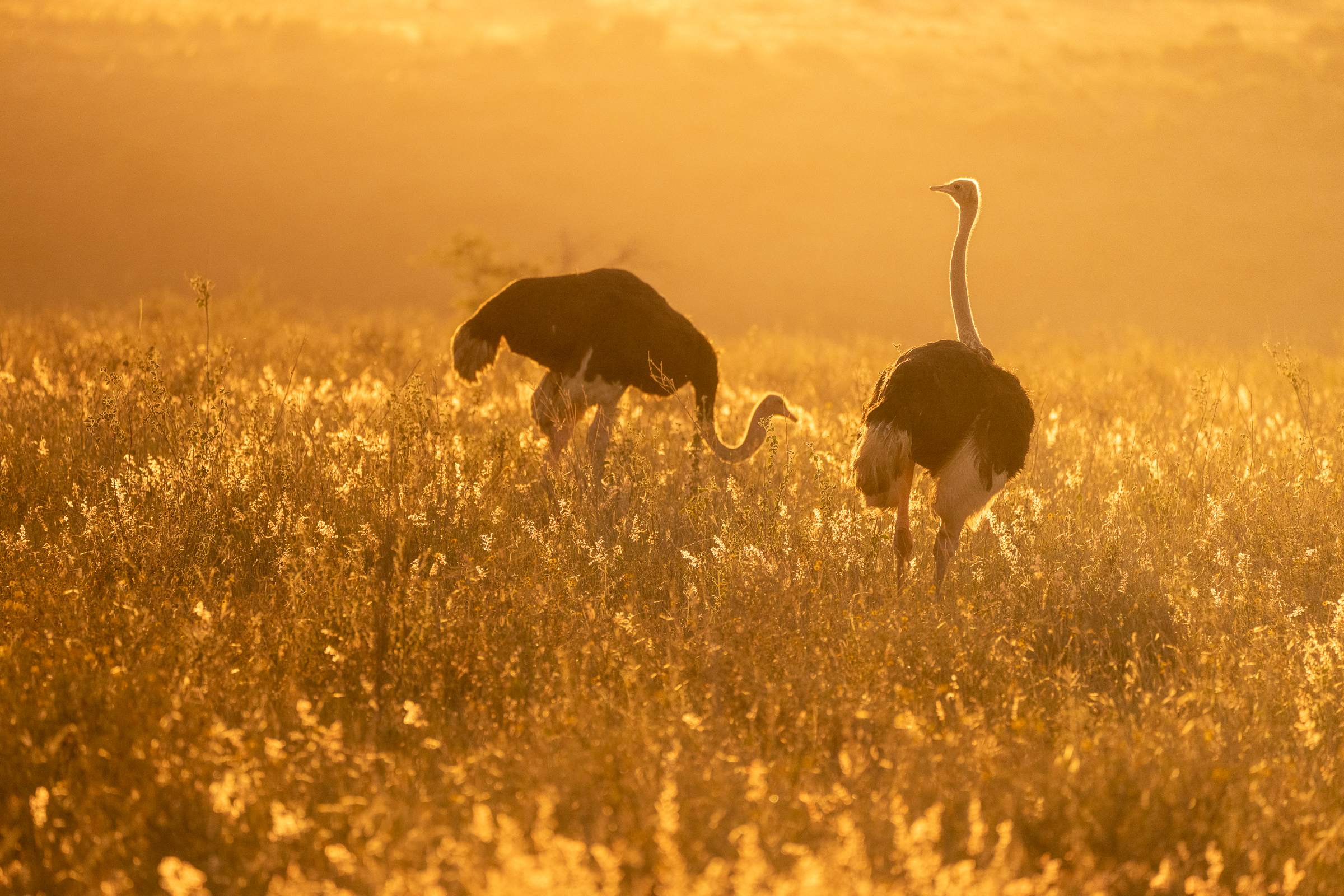
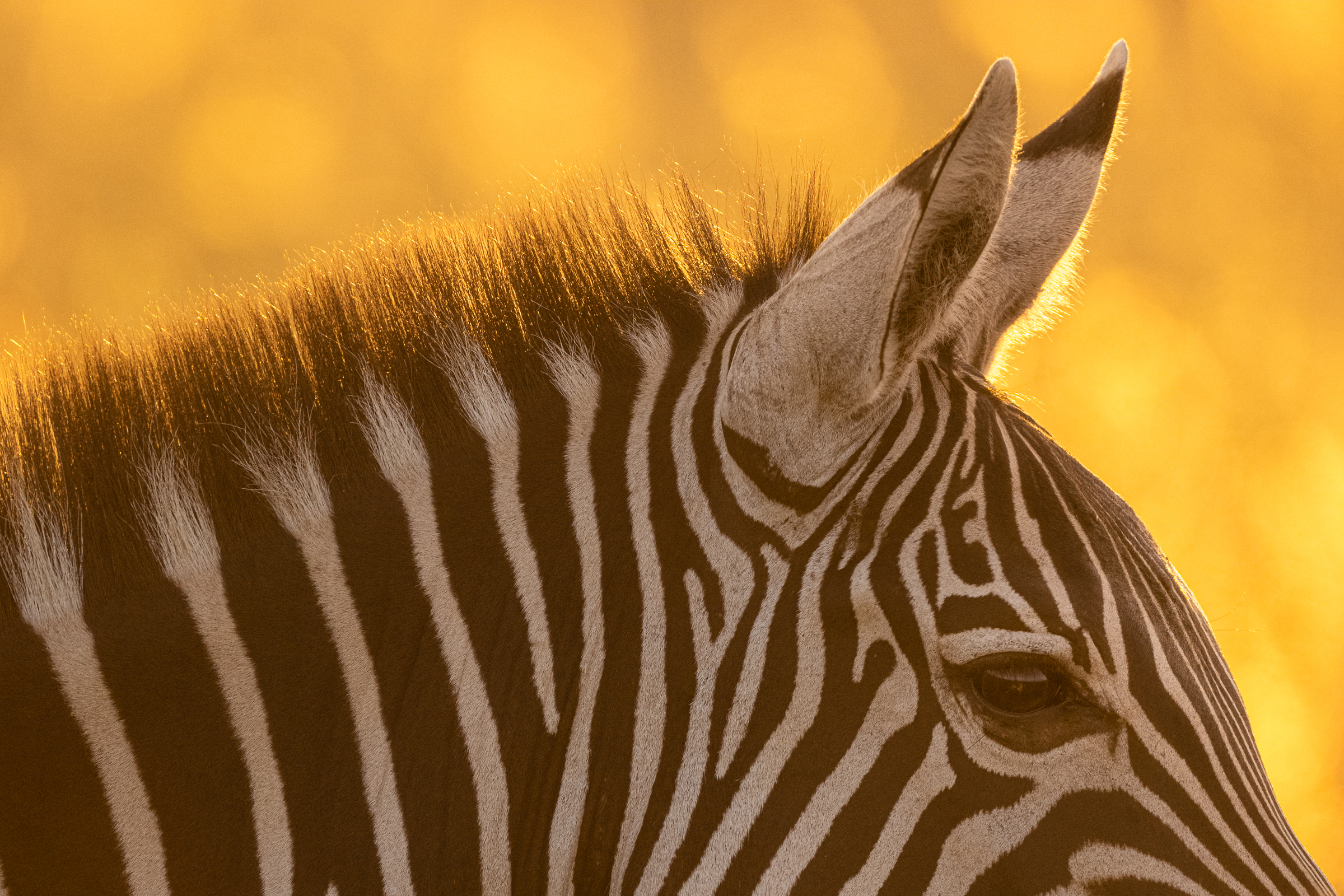
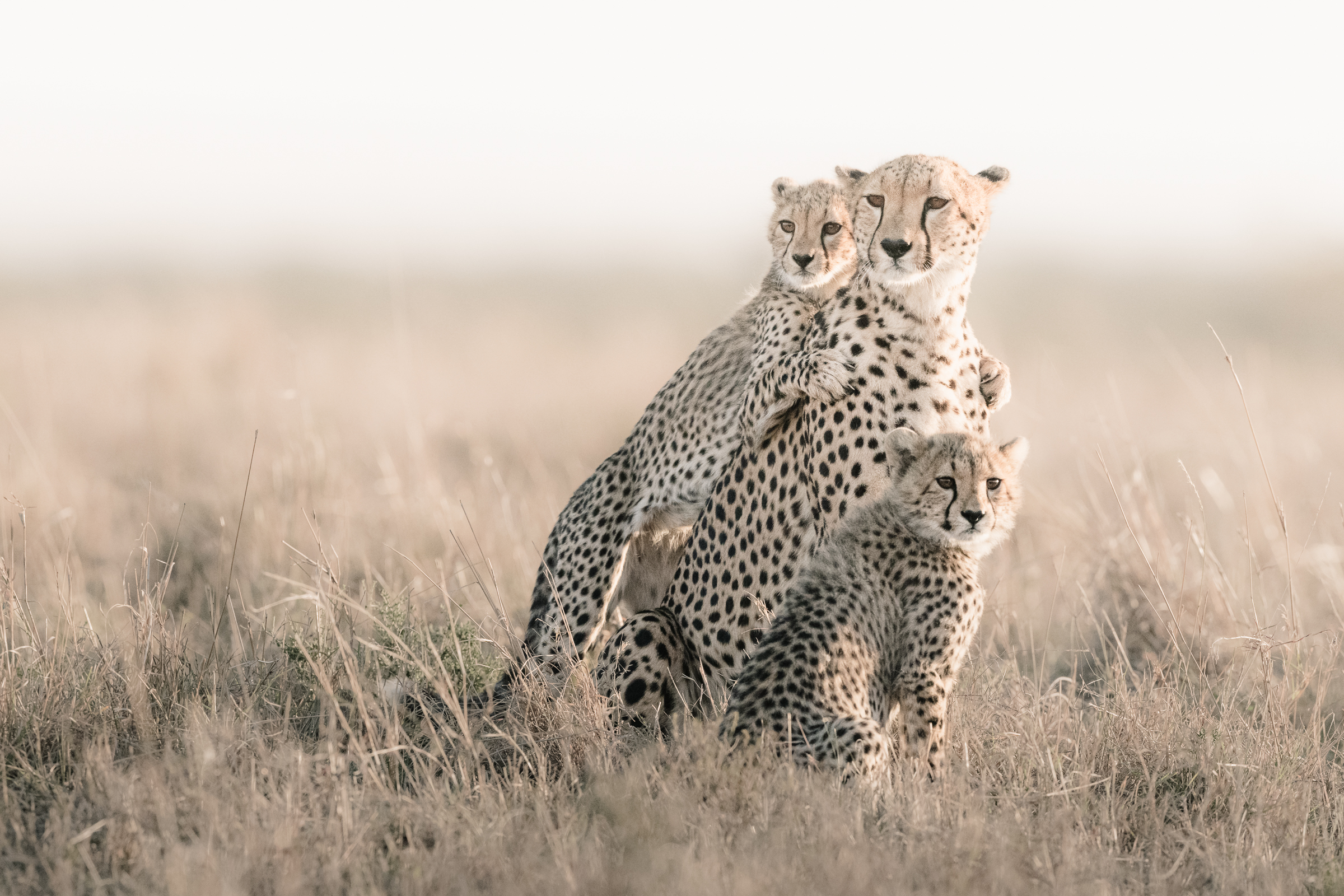
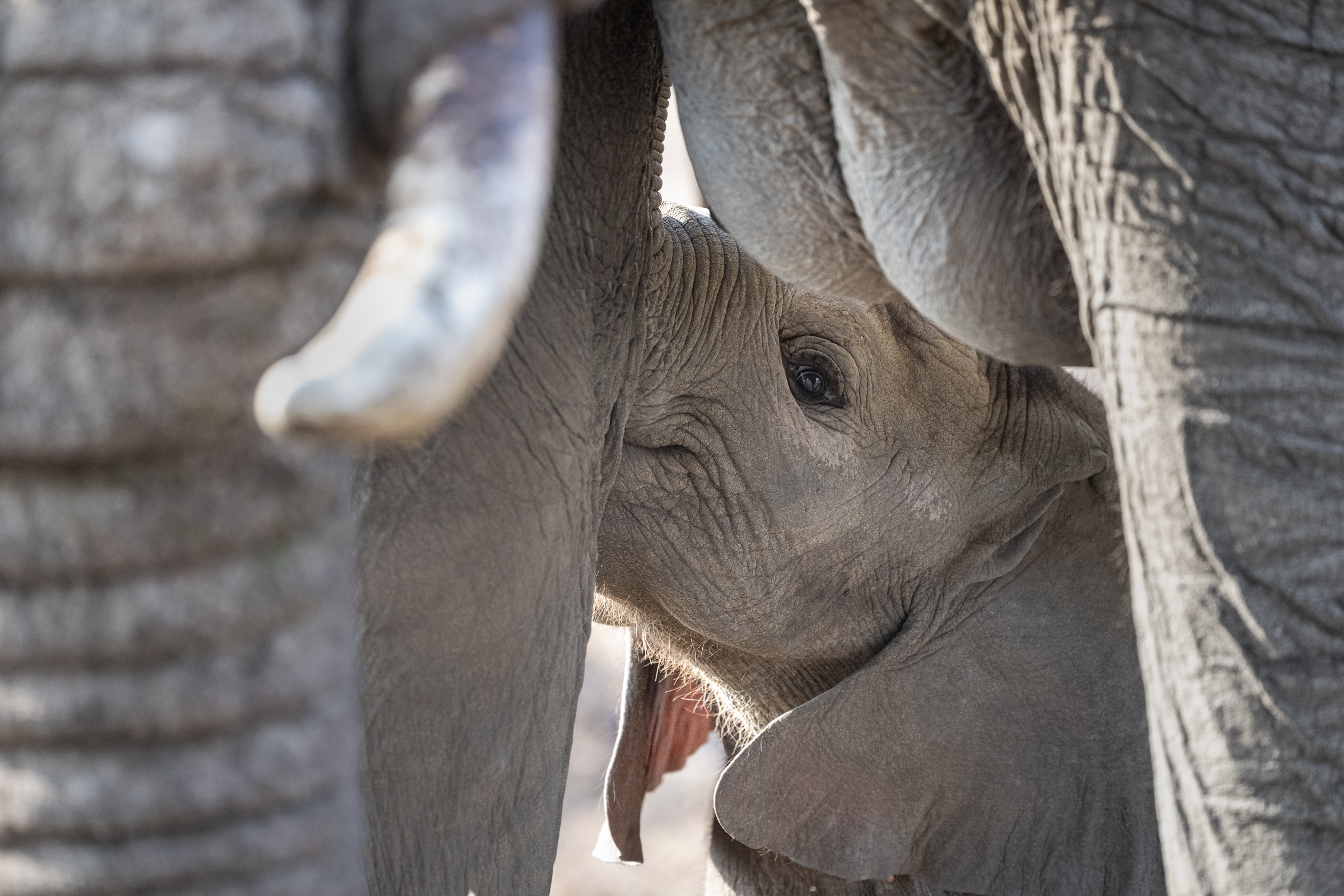
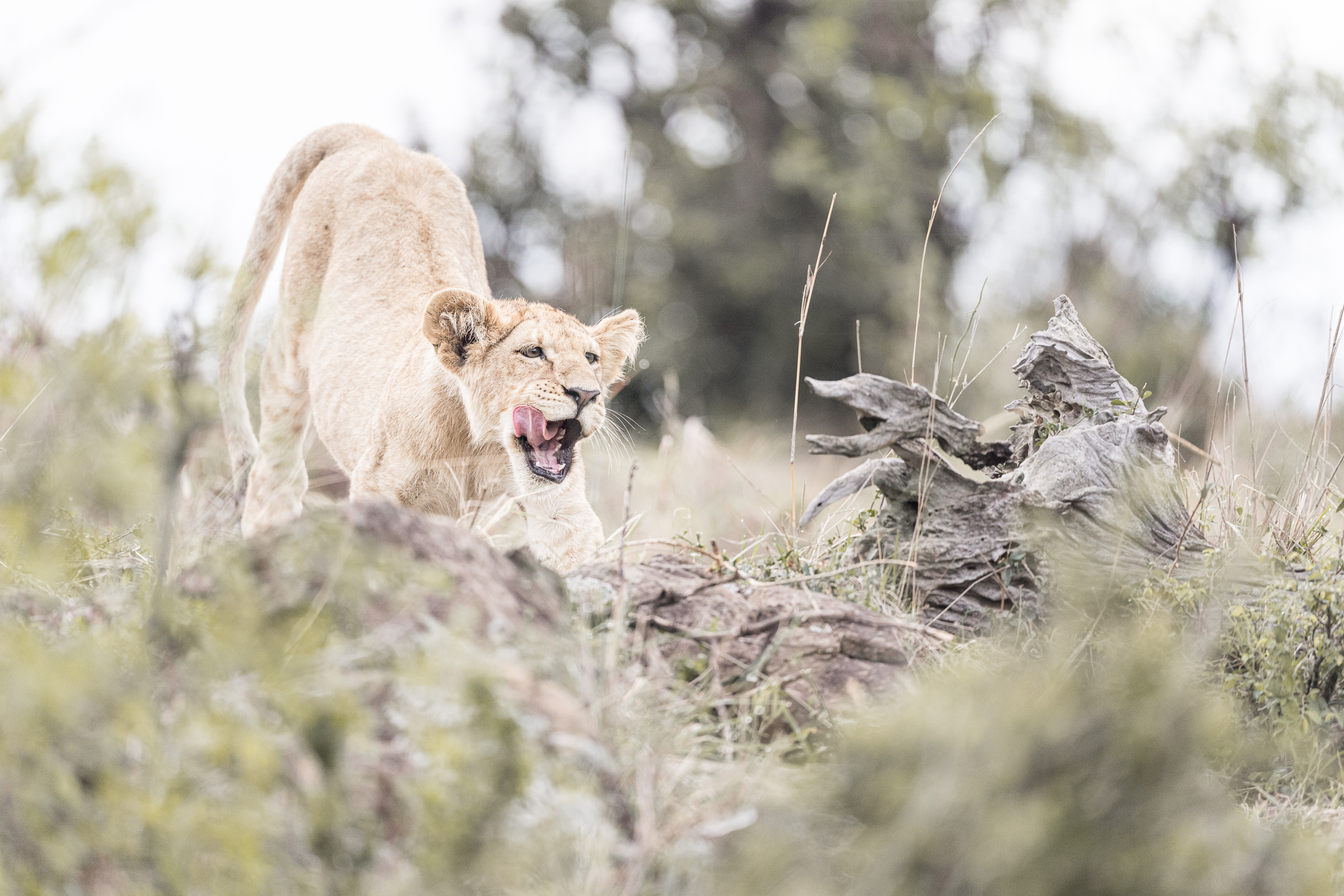
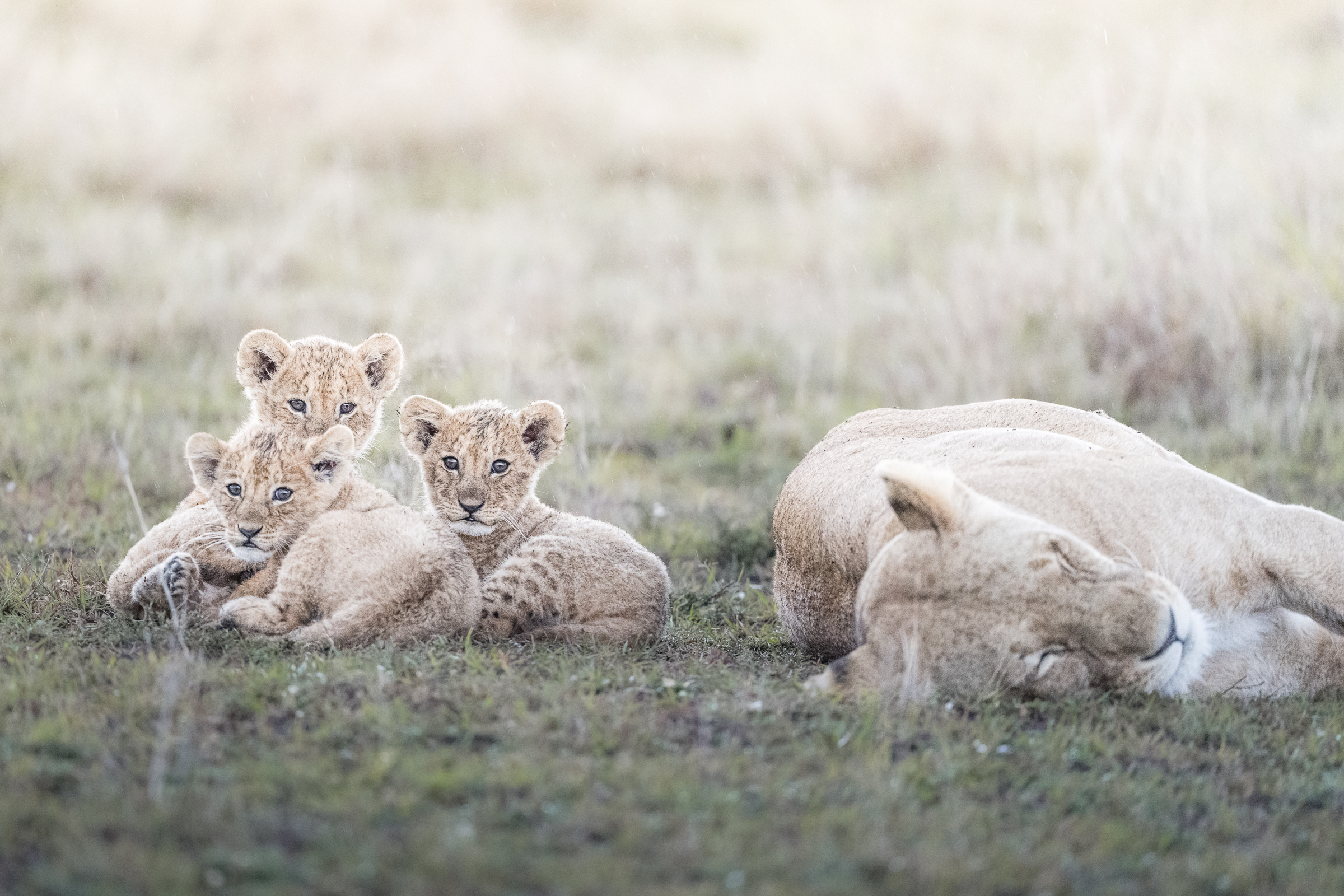
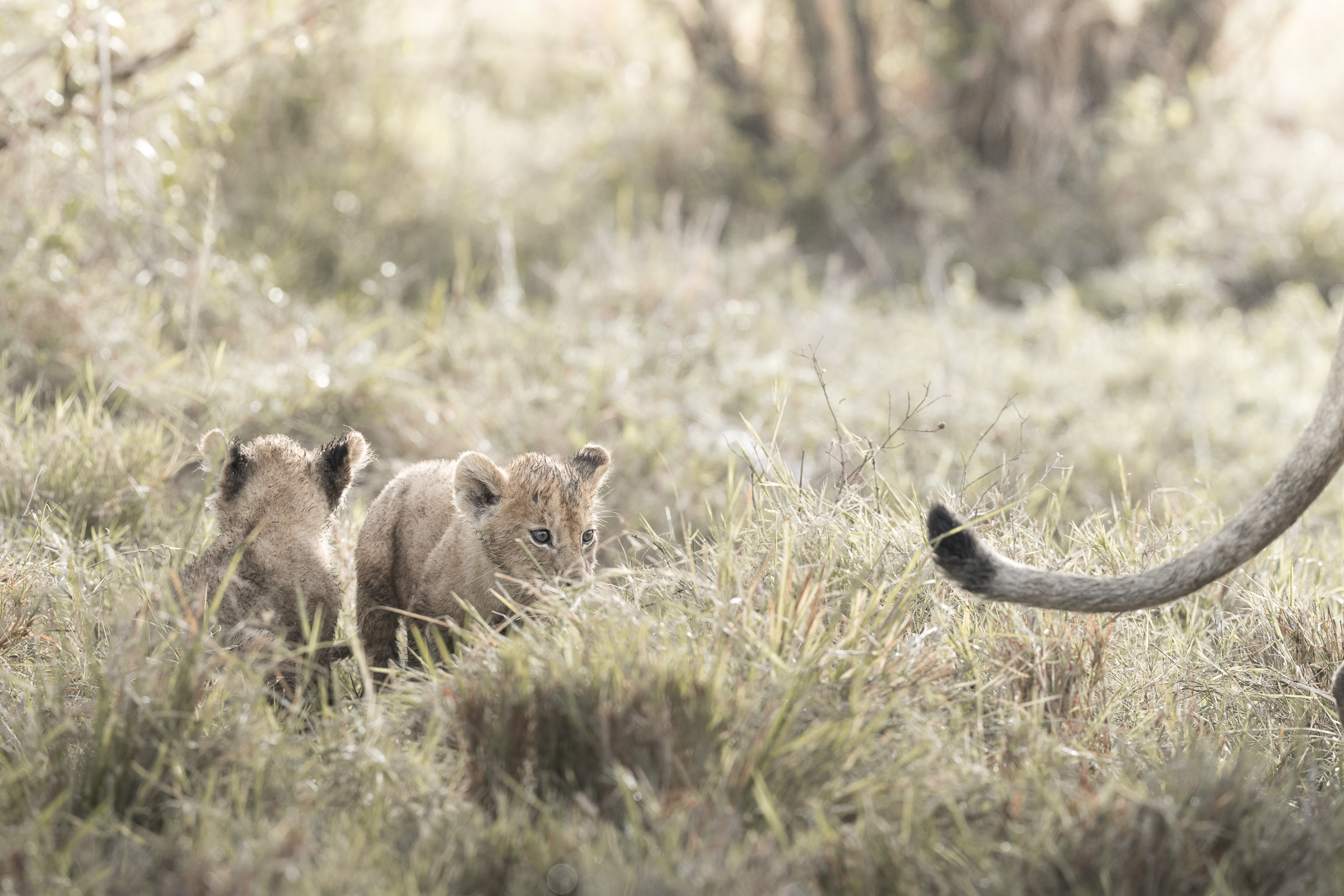

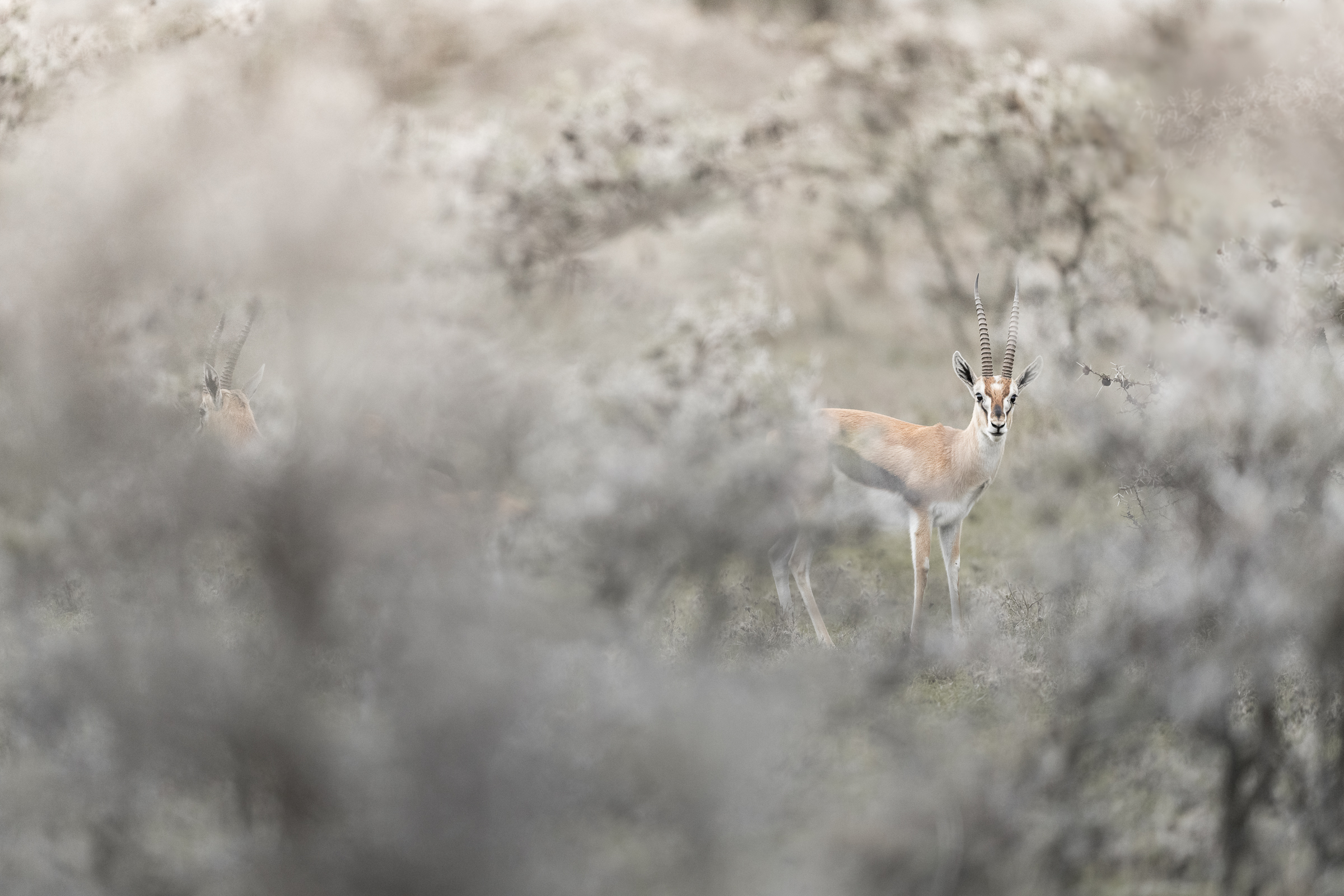
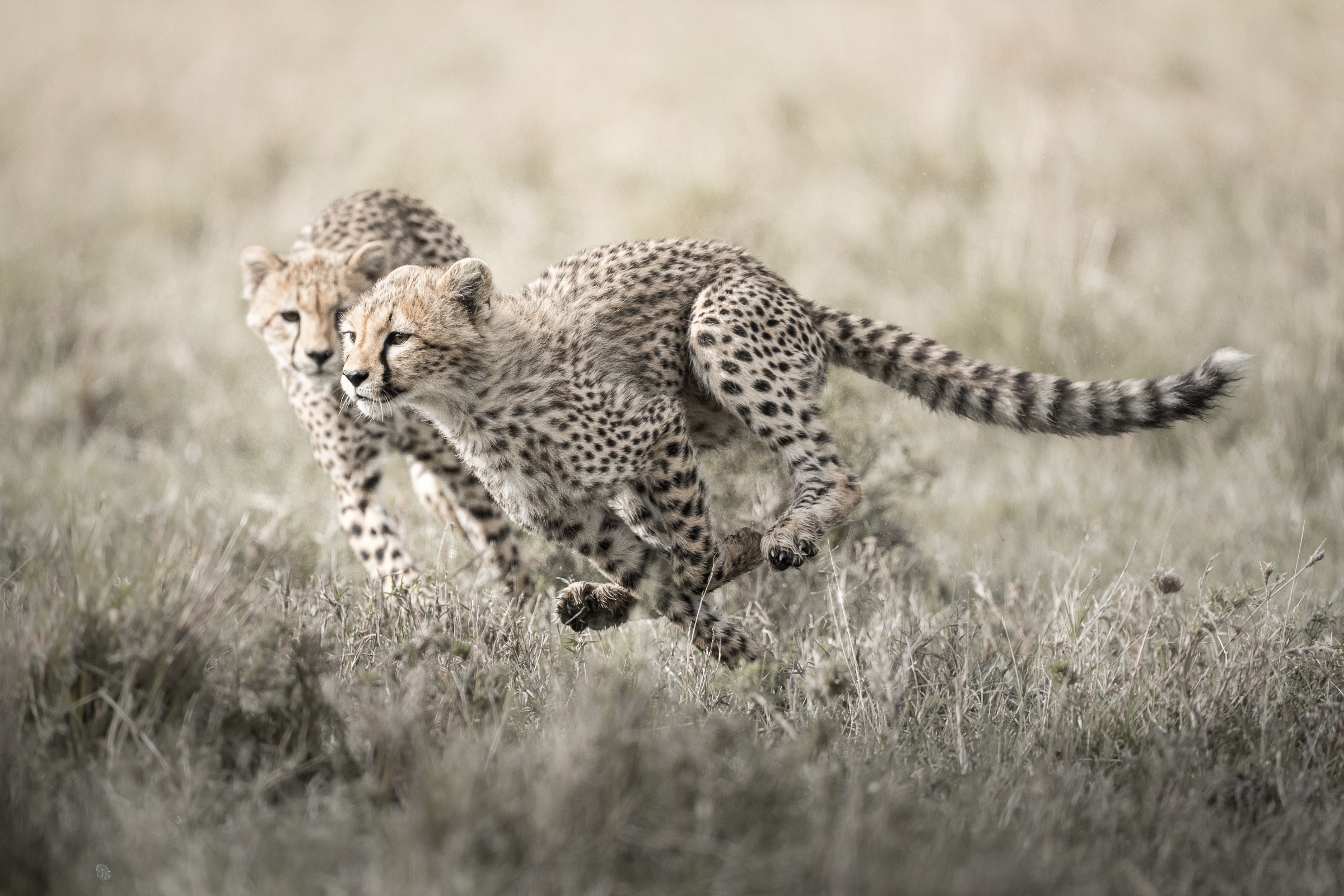
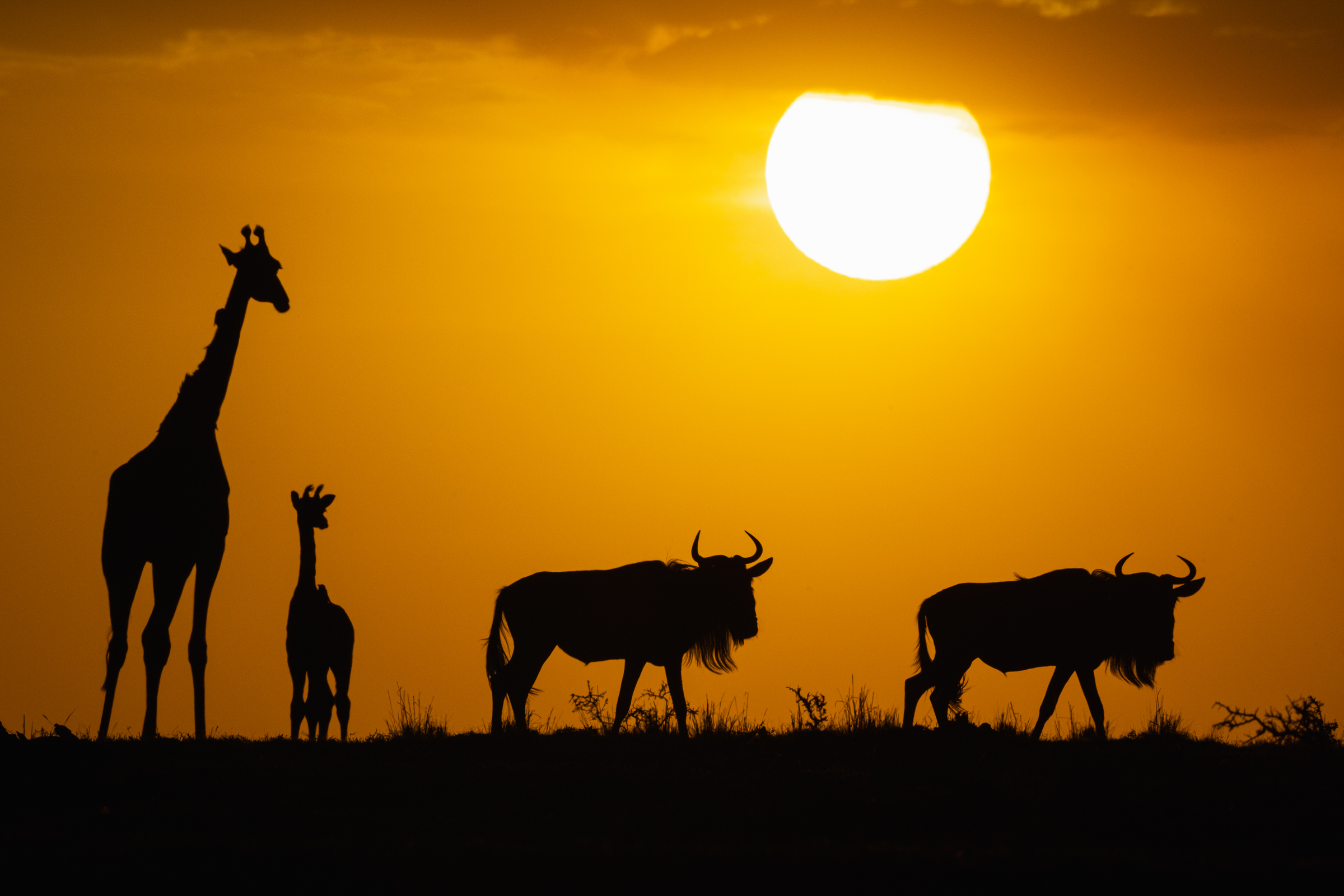
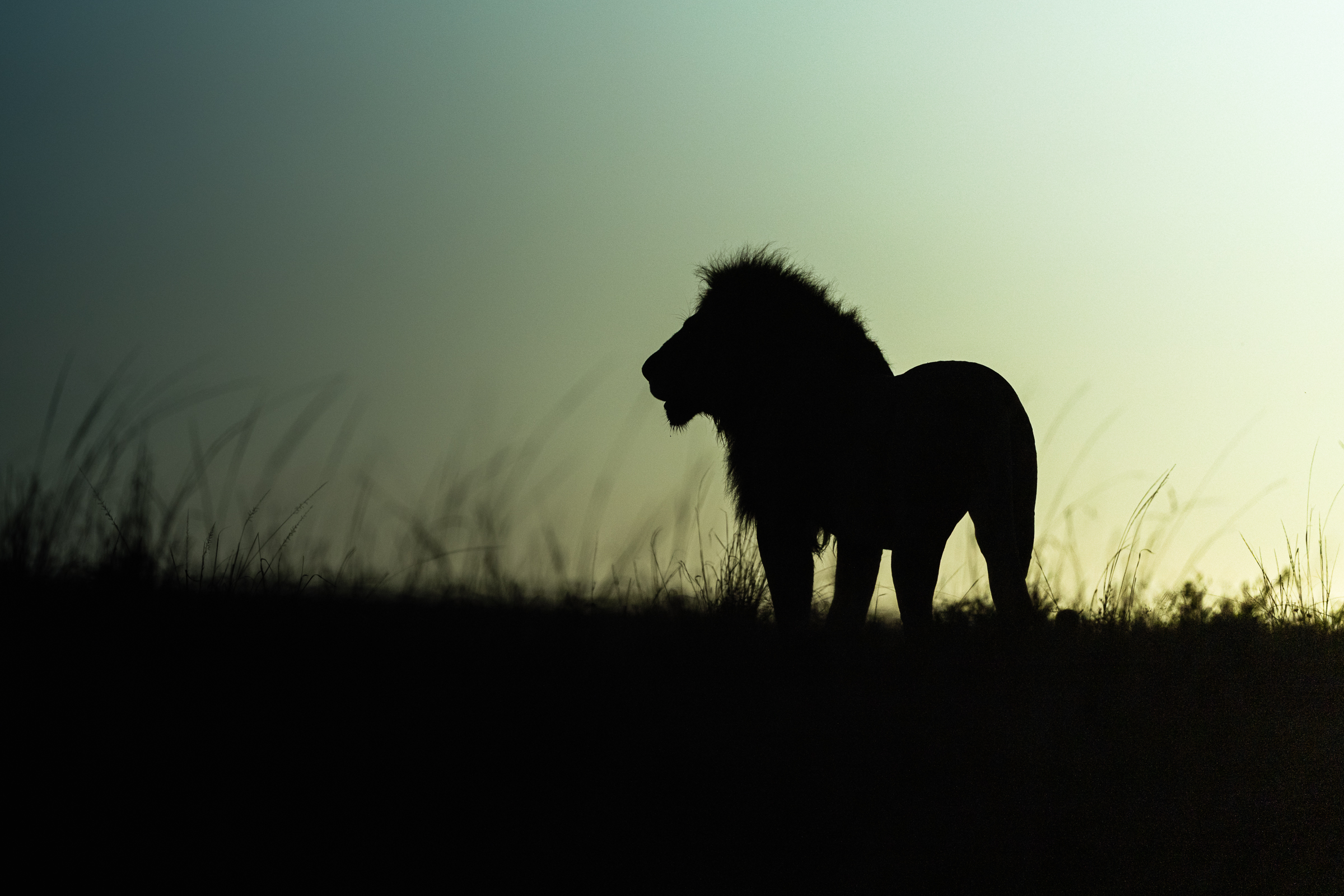

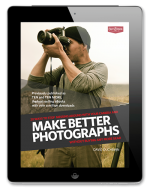
PS – Want more like this? I send these articles out every two weeks to photographers around the world who want to improve their craft and explore their creativity and I’d love to include you. Tell me where to send it and I’ll send you a copy of my best-selling eBook Make Better Photographs, as well bi-weekly articles, first-glimpse monographs of my new work, and very occasional news of resources to help you keep moving forward in this craft we love.
“Each and every one of your emails inspire and motivate me to want to jump right out of my chair away from my computer and shoot for the love of it . Thank you David.” – Millie Brown

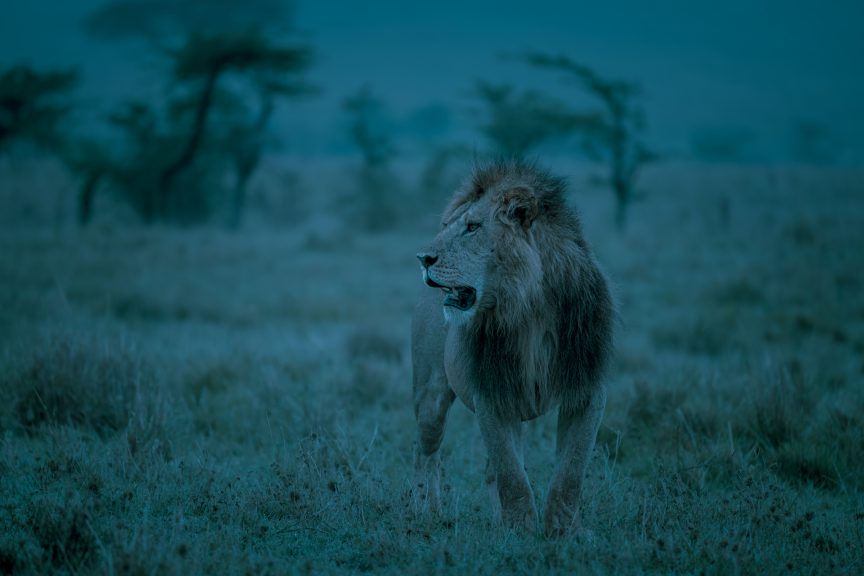
Comments
Pingback: From “It’s Not Working,” to “How Can I Work It?” - Ahmed blogs
I definitely have a tendency to get stuck in the mindset of using all my favorite settings etc especially when it comes to my favorite subjects or subjects I feel like a I have limited time with.
I have been trying to break out of this more with my landscape photography especially ones I am more familiar with and can spend more time with.
I need to try to be more brave and see things a little differently and make things work for me in a different way when they aren’t working for me in the moment.
Sincerely,
Kyle Reynolds
https://krnaturalphoto.com/
AS you have stated before and others noting above … if the composition is good and colors not so enhancing then convert to b/w. Ansel would have loved in digital. 😎
Is the digital era not the main reason for our frustrations?
If you had to wait untill you get to the dark room to see what you have to work with (like Ansel had to), it is too late to re-take the shot and you have to make a plan for the photo to be “successful” – exactly the heading of your post.
These days we make the photo, judge it and save/delete within a minute instead of having the time gap to re-assess the photo a couple of hours later and then judge it based on the (then) current memory it brings back.
Some of my favourite photos are ones that I would have deleted on the spot if it was not that I don’t delete “on camera” unless it was a finger error.
“Is the digital era not the main reason for our frustrations?”
I don’t think so, Philip. I think how we think is the reason for our frustrations. Digital technology has some inherent pros and cons, and plenty of ways in which it’s easier to give in to the various temptations to make things easier for ourselves. It’s tempting to blame digital for our lack of patience or a more intentional approach to our shooting, editing, output, etc., but I was there in the films days and there were plenty of ways to be lazy and unintentional then as well. (An aside: As for deleting, I NEVER delete in-camera. Hell, I rarely delete in the edit either, but deleting in-camera is a good way to get file corruption issues. )
We’re in agreement about this: “These days we make the photo, judge it and save/delete within a minute instead of having the time gap to re-assess the photo a couple of hours later and then judge it based on the (then) current memory it brings back,” but I think it has more to do with the lack of an intentional approach on our part than any flaw in the medium. 😉
Re your comments about Pre-visualising: as someone with “A-fantasia” previsualising is out of the question, but it does make for spontaneity and a completely open mind when out with a camera – “Every cloud has a silver lining”!
Thanks, Stefan. I had to look up afantasia. What an interesting challenge to face as a photographer. I love your attitude!
Great work David, I have been following your posts every week, whereabout are you in Nairobi, would love to meet you
Thank you, Solomon. I was only in Nairobi very briefly to catch planes in and out of Wilson.
Thanks for sharing David,
beautiful images from a land that I long to visit again. Some time in the hopefully not too distant future, we may meetup up there.
Enjoy your remaining days in Kenya,
cheers,
André
Soon, my friend. It can’t be too long until we cross paths again out there in the world. 🤞
The BW image of the two lions is stunning.. a great nature shot but also a wonderful story about communication, relationships, togetherness, etc. thank you for your blog and especially for sharing this photograph.
Thanks so much, Arthur!
I love the elephant images and am intrigued by the blue lion image. All the images are wonderful. Looking forward to seeing the rest of your work. Be safe in your travels.
Thanks, Sandy! The blue image is a daylight shot that I took a bit of a chance on. The dark/moody feel was an experiment in Lightroom that unexpectedly resonated with me.
I was in South Africa at Kruger in August. It was my first time to Africa. Luckily for me, I had no expectations and just went with it. Seemed like the light was always beautiful and I came home with a ton of images. It was a glorious 2 weeks. I am taking your Traveling Lens class as we speak!!
I have not updated my website in a bit. Life has gotten in the way. It’s on my priority list now. 😁
Thanks, Kris! Enjoy the Traveling Lens. It sure is good to be back out in the world! Or it was. Now I’m home after 48 hours in transit and the jet-lag is killing me! The small price we pay, right (well, other than the larger prices we pay…) 🙂
Heading off to Bots in a couple of months so your posting is timely for me. Funny to think of one sitting in a safari vehicle in the middle of the plains among thousands of animals and getting stumped on what to shoot next, but it happens.
My pre-visualization training starts a few months before I head off on safari. I Indulge myself in Paul Nicklen, Charlie Hamilton James, Karine Aigner and a few other really good wildlife photographers to refresh my POV and composition thoughts. On safari the communication with the driver is key since you can’t get really low on the ground as you are in a vehicle. If they know you want to be low they can often get into ravines and low points in the terrain so you can have some eye to eye level contact. The closer you get to a cat the harder that is as you always seem to be shooting down. Thats one of the struggles I’ve deal with in the past. When you get home and see that the majority of the shots of large cats up close are the same POV it can be discouraging.
Its easier to work the scene during the early morning and late afternoon when the light is so amazing but after about 9:30-10 am it starts to get a lot harder. I attempt long exposure images of motion (with ND filters of course) but haven’t done a lot of BW in the past. Perhaps i’ll give your suggestion a try this time. The white balance shift with the blue lion is also an interesting concept to try. Shooting into the sun can really give interesting results on the larger mammals. I never seem to get the animals along the ridge in silhouette. For some reason they just won’t cooperate or didn’t get the memo. 🙂 maybe this time.
Enjoy the rest of your adventure.
Charlie – Sounds like you know the struggle well. Have a great trip to Botswana! I’m jealous, I still haven’t got myself to the Delta and I’m dying to go. Bon Voyage!
David, I’m curious about the image of the lions that “wasn’t working” in colour. Did you make the conversion to B&W in-camera, or in post processing?
I come from a film background somewhat like “Saint Ansel” (love the humours title :)) and now, of course, shoot digital. However, I rarely, if ever, look at an exposure on the LCD screen while making images. I treat my digital camera like a film camera. I trust what my eye “sees” either through the Viewfinder or on the LCD, if I’m using it like a TLR camera. Plus I always shoot RAW image file format, which gives me that creative latitude when I’m in post.
I’m curious again, do you have a preference for JPEG or RAW, or do you shoot JPEG+RAW?
(Am enjoying your frustrating SRO course. It’s really forcing me to go uncomfortable places. Thanks:)
Thank you so much David for your beautiful, compelling images. We have had to reschedule our trip to South Africa and Botswana for the third time, this past December when our flights were cancelled to due to Omicron. Glad to the see the animals are there, waiting patiently, and apparently, being cooperative.
I am using this extended pre-departure time, to take your Travelling Lend Master Class, and to practice this art form that i have always loved, but never had the time to be serious about. I would also like to know whether you shoot in RAW or JPEG + RAW. And for whichever you choose, why.
Thanks so very much David for sharing what you do, and for helping us all take the time to look differently at the places we travel.
Hi Kelly! See my reply to Edward but I ALWAYS shoot in RAW. In the past I’ve shot in RAW+JPG so that I could use the Fujifilm film emulations. I’ve switched recently to Sony and have (to be honest) no idea yet what my approach will be while working on a monochrome project but I suspect I’ll shoot RAW and set my viewfinder/LCD to show me the world in black and white. But always shoot RAW, it gives me the most control over the conversion to monochrome.
Sorry to hear about the re-schedule of SA and Botswana. I had to do the same last year. But it looks like things are getting better. 🤞 We just returned from Kenya and were amazed at how much easier travel was than we expected. More hoops to jump through, for sure, but it was nice to have quieter airports etc. Enjoy The Traveling Lens!
Hi Edward! I often have set my cameras to show a black and white image in the viewfinders, and to generate BOTH a raw file as well as a jpg file. That’s my approach when I know I’m working on a monochrome project. But for a one-off, something I decide might work in mono in the middle of what I know is a colour project, then I just do my best to imagine the image in B&W, and do my conversion later. Either way I always end up doing my conversion in Silver Efex Pro with a raw file. The jpg I might have generated in the camera has only been there because my Fujifilm cameras forced me to make one if I wanted to shoot in film emulation and I liked them for immediate use on social. I no longer use Fujifilm or social so my approach is changing. Glad you’re finding the SRO course a challenge!
I really like your idea of thinking “how can I make it work” when the shots just aren’t working. A positive way to lessen frustration. Thanks, David.
Thank you, Diane! Hope you’re well!
Such beautiful images. Thank you so much for sharing your insights. I love reading your emails, blogs and books, always something new to think about.
Thanks so much, Hannah!
The idea of making steps from “This isn’t working!” to “How can I work this?” is very interesting and a good example of what thinking positively is. Thanks David.
You’re welcome, Jena-Michel. Thank you for reading my words.
Beautiful emotional images. Thank you for sharing!
Thank you, Donna! More to come!
That reminder to think past what I planned to do or (since I almost never pre-visualize a shot) what I usually do and really think about how to make the actual situation I’m are facing work is so valuable. Thanks. (And your Kenya photos are so different from how I shoot and absolutely amazing!)
Thank you, Cindy.
Your head shot of the zebra is my favorite. Your choice of composition, lighting, and perspective makes this image outstanding.
Thanks, Alan. That image has eluded me a long time. Those stripey buggers are surprisingly hard to photograph! 🙂
These are stunning David. I love the silhouette you got with the lions when you turned off your color eyes and looked at it in monochrome!! It took me many, many years to ‘see’ in monochrome when I was looking through the lens. I am finally getting it!! It is so exciting when it all comes together. Enjoy the rest of your stay in Africa….so envious!!
Thank you, Stephanie. We had an amazing remaining couple of weeks. Home now, so more to come.
Wow! Wonderful images…..you always inspire me.
You’re very kind to say so, thank you, June. 🙂
Excellent Photos, although it’s impossible to “Pre-Visualize” and Ansel Adams never said anything about it.
Visualization is what he often talked about.
My mistake. The concept remains problematically the same for me: imagining what the photograph will look like before I make it has never come easily for me.
Excellent set of photos.
I have learned a lot from your books David and I continue to follow your publications and learn more.
Good luck to you, I look forward to your further publications with impatience.
Thank you, Israel. I promise, I will make my next publication with impatience as well. 🙂
Love the cubs following the tail! All of them but that resonated the most. Thanks for continuing to share your thoughts.
Thanks, Stephen. Always nice to see your name here. I hope you’re well!
I agree with your philosophy- and the importance of an open mind when you are trying to find the right tone in your voice for each picture.—VERY DIFFICULT, but rewarding
“VERY difficult, but rewarding” – I think you just summed up my whole way of working, and the reason I do it, Donald! 🙂 Thank you.
Thanks for this David– Botswana is my happy place – and your blog so makes me want to go back again- This time not to just document the place and beings with which i interact but to the emotion and feeling that so clearly comes thru in your photos.. So appreciated.
I hope you get back there soon, Clive. It wasn’t until I was back in Kenya that I realized HOW MUCH I had truly been missing it. Botswana is on my list!
More excellent advice for a weaver – thank you! Enjoy your travels, David, and keep up the good work!
David, thank you for an interesting article with excellent photographs and a righteous attitude!
Ansel was a great photographer, but of a different time. He also liked digital, using the skills of printers who could give him the best reproductions of his work in book form. David Gardner, now deceased, worked with Ansel on a number of book projects. Ansel was pleased with the product, even though it was digital.
The wonderful tools available for professionals AND amateurs makes it possible for many more of us to enjoy the art of image capture. Few of us will excel, fewer will become this century’s Ansel Adams, but if we all enjoy capturing an image and sharing it with our friends, perhaps that is a start.
Anthony Mournian
San Diego, CA
Thank you, Anthony. “Of a different time” is exactly it, and it’s helpful to remember that. He worked with the materials, tools, and ideas of his time and I think it’s important we do that same with ours. To learn from Ansel is not to imitate him. I trust you’re well. Thank you for chiming in, sorry for the late reply.
Thank you, Jane!